British photographer Tim Flach spent two years taking portraits of endangered animals all over the world and selected 180 of them into a book called "Endangered." But are it just animals that are endangered?
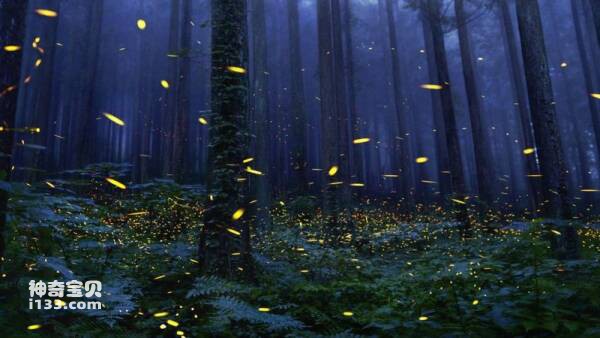
Japanese fireflies images
Carnival of Fireflies, or Avatar Wonderland? This scene was captured on an island in Japan and scientists believe it is a precise but secret language of fireflies. Fireflies are not considered endangered or vulnerable, but their habitats are being invaded by light and noise pollution.
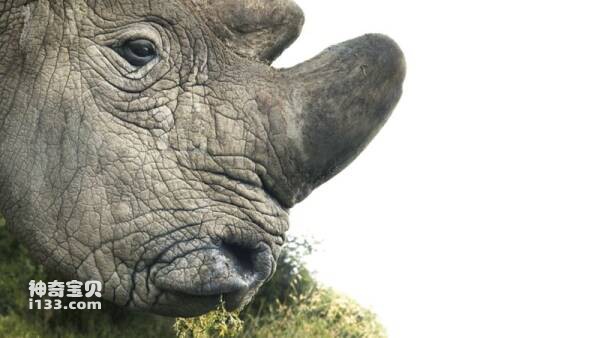
Sudan, the last male northern white rhino on Earth
His name is Sudan, and he is truly unique. He is the only remaining "male" in the northern white rhino family on the planet. He lives in a reserve in northern Kenya and now has two "female companions" who are his daughter and granddaughter. They are also the only two "females" left in the northern white rhino family. The survival of the northern white rhinoceros species depends on these three. Their natural enemies are poachers. Is its expression one of great sadness or solemnity? Fleck said that it looked like this, with a few pieces of grass hanging from its mouth. He used anthropomorphic techniques in the composition of the photography, hoping to touch people's hearts.

Proboscis monkey side face
This is a proboscis monkey, not Pinocchio, the puppet who lied and got a longer nose. Proboscis monkeys only live in Borneo in Southeast Asia. It is the only primate that can chew cud. Its staple food is leaves, seeds, etc., but it cannot eat sweets. It is listed as endangered in the International Union for Conservation of Nature's Red List of Threatened Species.
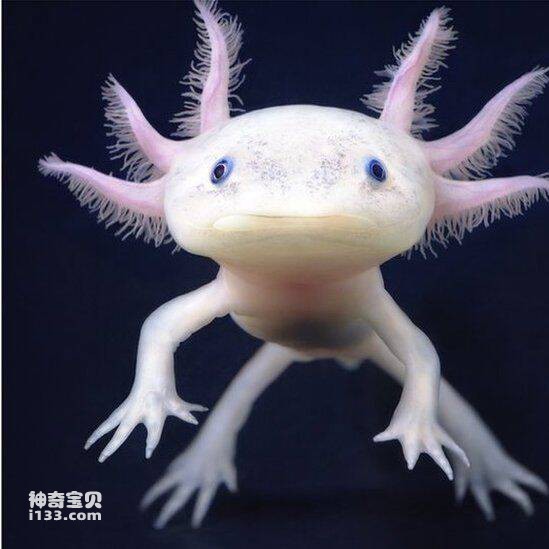
Axolot
Even if you live to be a hundred years old, you will still have this baby face! The Mexican axolotl, also known as the axolotl and the hexagonal dinosaur, retains its aquatic larval form after maturity and is kept as a pet in North America. However, its wild habitat has been exploited and eroded to less than 10 square kilometers, making it extremely endangered species.
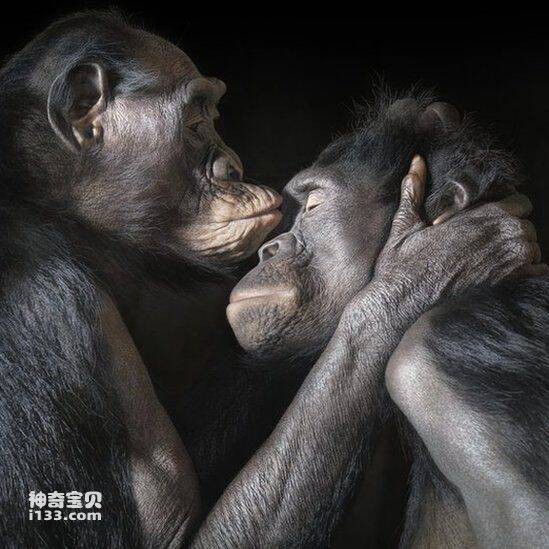
Bonobos kissing
Show affection! Bonobos are one of the primate species closest to humans and have many similarities with humans. In the 1920s, they were designated as an independent species from chimpanzees. They only exist in the Congo rainforest in Central Africa and are wild and endangered. War, hunting and the loss of rainforests have driven them to extinction.
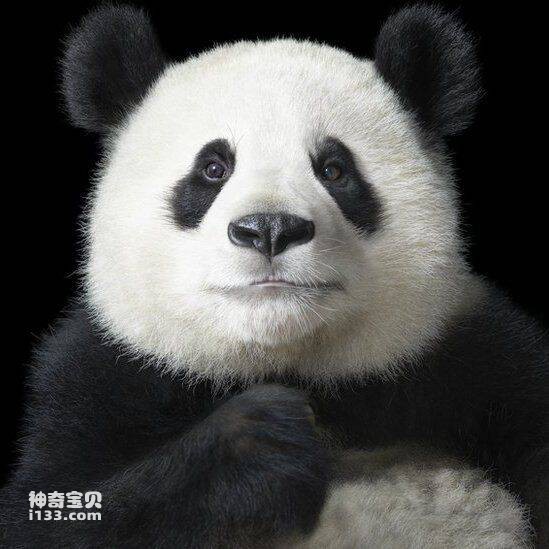
Yayun is looking at you, just like you are looking at her. She was about to nibble on an apple when Fleck's camera focused on her, but politely stopped. Fleck said it looked like she was singing karaoke. looks like?
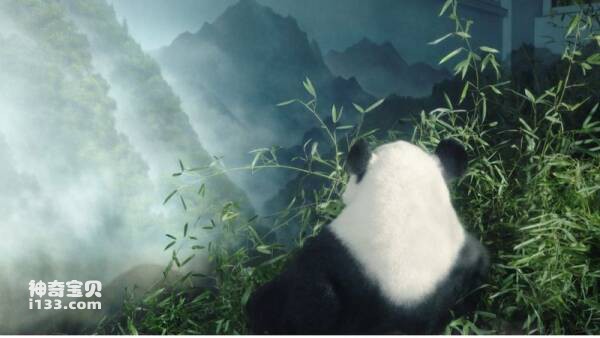
Giant pandas at Wolong Panda Base
Bamboo and the distance? The Wolong Giant Panda Base provides giant pandas with a living environment that can be described as five-star or above. This giant panda with its back to the camera is looking at the landscape painting, feeling homesick?
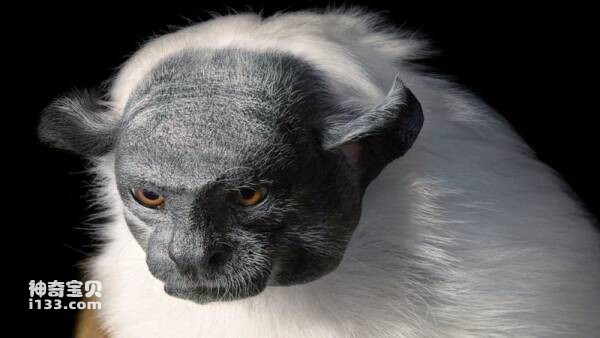
pied tamarin
Who does it look like? It's that Jedi Knight of Light in "Star Wars". What's his name? The habitat of the black and white tamarin is in the northeastern corner of the Brazilian Amazon, adjacent to the city of Manaus, the capital of Amazonas state. The expansion of the city of Manaus continues to squeeze their living space. Is it planning a life-and-death battle for its own clan?
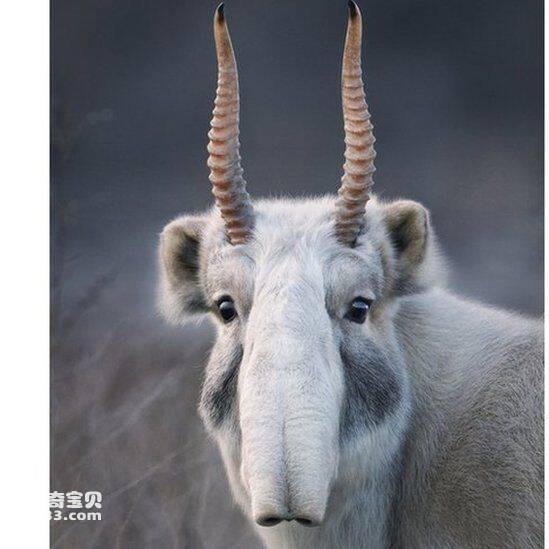
is that true? This confused saiga antelope has an ancient lineage, and its ancestors once coexisted peacefully with the mammoths and saber-toothed tigers in the movie Ice Age. Their numbers have plummeted in recent decades due to both natural disasters (diseases caused by climate change) and man-made disasters (hunting). Their horns are used medicinally in East Asia.
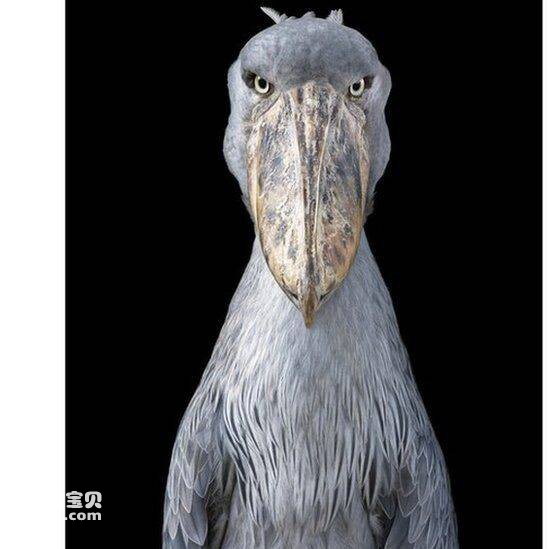
shoebill
Tell me, what bad things did you do? Shoebills mainly live in the swamps of Sudan and Zambia. They are considered a vulnerable bird, with a population of between 5,000 and 8,000. Habitat destruction and hunting are their nemesis.
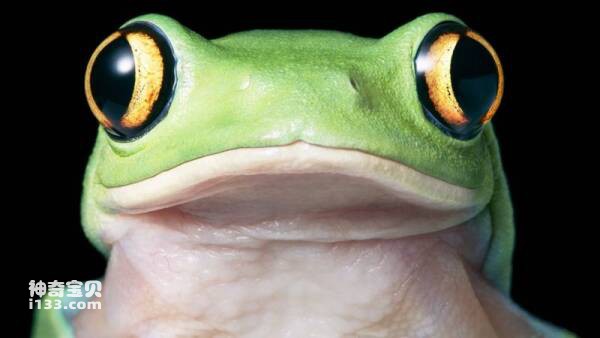
yellow-eyed tree frog
Frog Prince: I didn't do anything! It may have sensed a change in its surroundings, but may not know why—climate change has caused its egg-laying and hatching times to deviate from normal, disrupting the food chain and threatening it from the deadly chytridiomycosis disease.
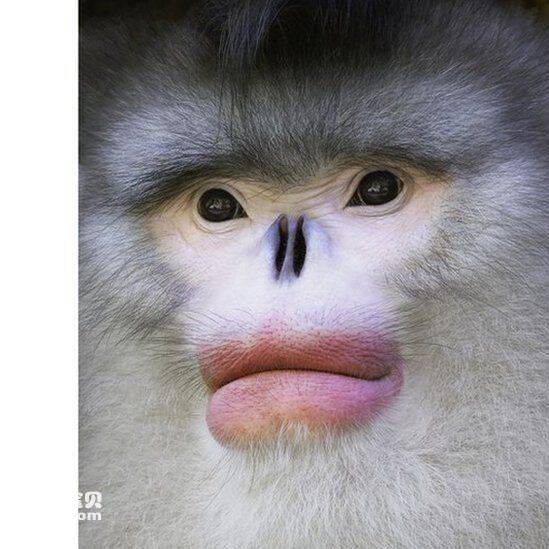
Yunnan golden monkey
Poetry and Distance: The Yunnan golden monkey is a first-level protected animal in China and an endangered species. Its type specimen was first collected in Deqin, Yunnan in 1871. They live in the Hengduan Mountains and are hard to find. The locals call them savages in the mountains and regard them as their ancestors. Because there are so few left, they are on the verge of extinction.
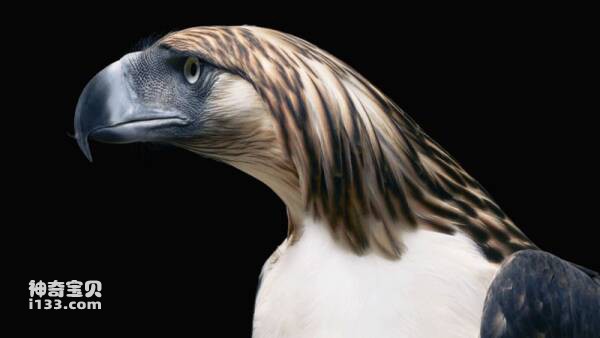
philippine eagle
As powerful as it is, it is also on the verge of extinction. Is it willing to do so? Kind of like someone you know? Looks a bit gimmicky? Its name was Pag-asa (Hope). It hatched out of its shell in 1992 and was the first Philippine eagle to be hatched in captivity in the world. The Philippine eagle is the national bird of the Philippines, with wingspan up to two meters long. There are only a few hundred left in the world. Environmental degradation and shotguns are their greatest enemies.
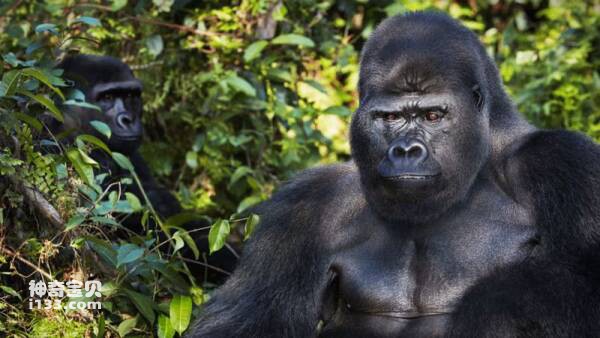
Western lowland gorilla
It's looking at you. This western lowland gorilla is called Jala. He once lived in a zoo in Kent and was later returned to his hometown in Gabon, Africa. Fleck took a portrait of it in Kent five years ago, and visited Gabon last year to see if it was happy after returning to nature.
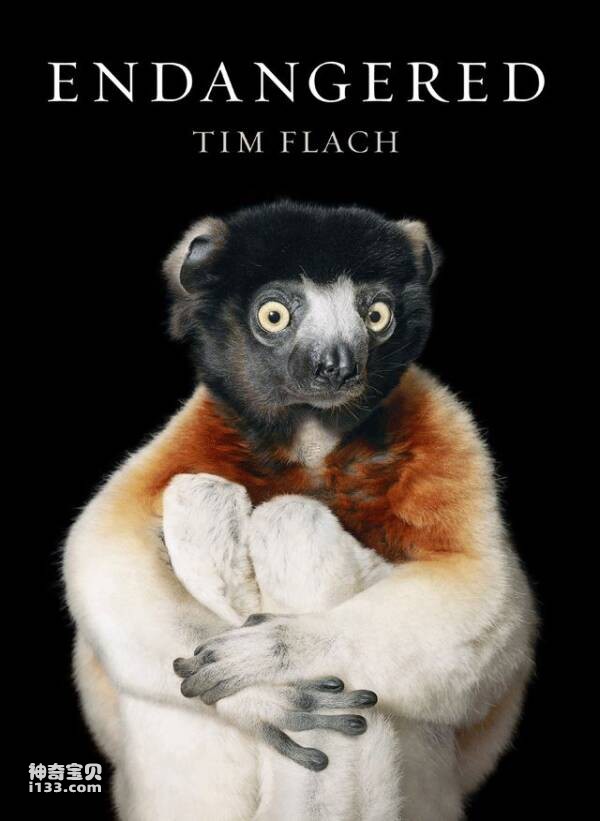
capped lemur
Who do you think is endangered? Me or you? Or all of us? This is the question photographer Fleck poses to readers. The artistic and personalized portraits he has taken of these endangered animals over the past two years will be published in this fall. "Endangered" is illustrated by Jonathan Baillie, chief scientist of the National Geographic Society. The scientific name, common name, living environment, endangered threats, Destiny... Portraits are on display at Osborn Samuel Gallery, London (November 29-December 22). Fleck said that shooting this feature was a journey of his own mind, and he realized that community-based ecological and environmental protection is fundamental, and it is more important now than at any time in history; successful animal protection is inseparable from an emotional foundation; As a photographic artist, what he can do is to resonate with the audience on an emotional level through his anthropomorphic portraits.
animal tags:
We created this article in conjunction with AI technology, then made sure it was fact-checked and edited by a Animals Top editor.